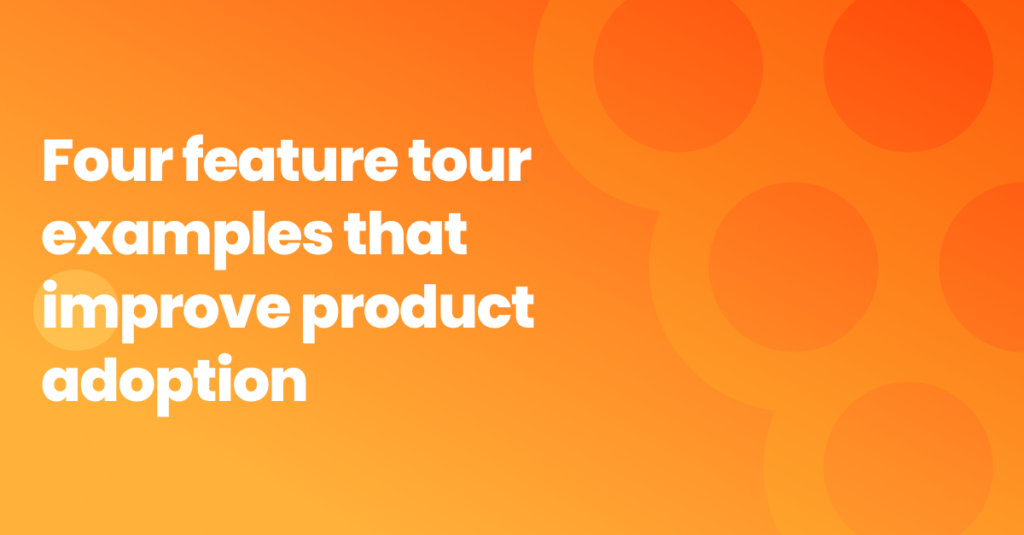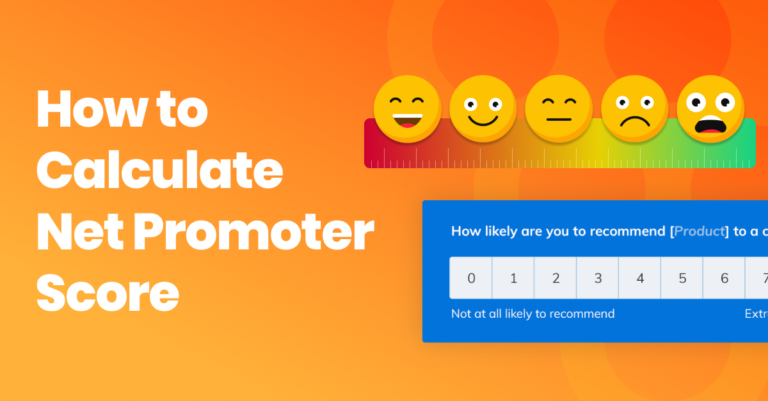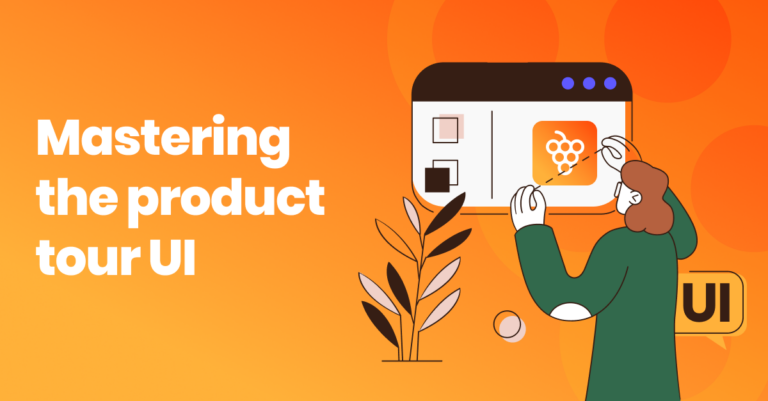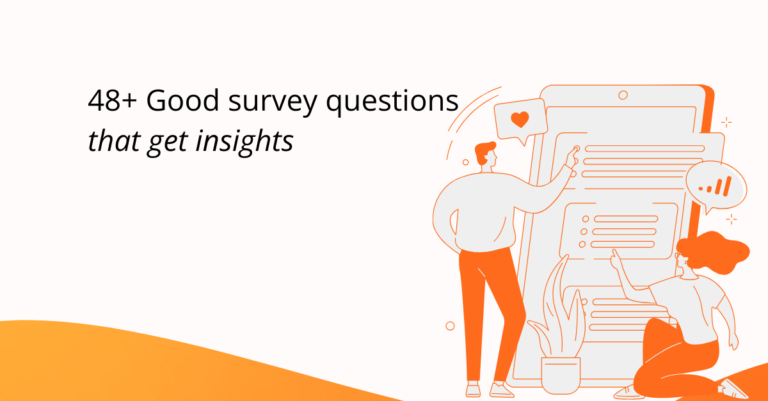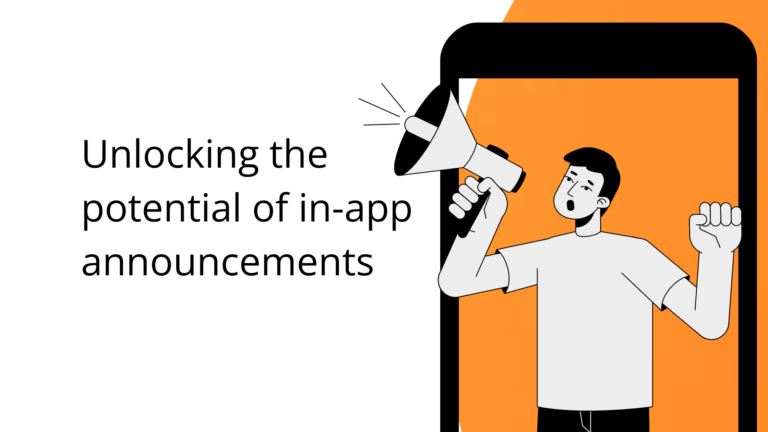If there only were simple ways to keep your customers engaged and loyal in today’s fast-paced digital marketplace, something to quickly show the value of a SaaS product, some sort of feature tour.
With competition intensifying and user attention spans dwindling, harnessing product feature tours through onboarding or digital adoption platforms is critical to bolstering your growth and retention strategies.
A feature tour is like a quick guided demo—it helps users quickly familiarize themselves with the user interface or a specific section or feature of your SaaS or other web platform, product, or service. It works by highlighting elements to create a short step-by-step guide that is long enough to explain the given feature and short enough to ensure most users will not skip or cancel it (typically 3-5 steps, or so-called “cards”).
Feature tours are not just tools for showcasing your product to new users; they are essential for ensuring that existing customers continue to find value in your offerings and learn how new functions work as you introduce them or start using “forgotten” features. By guiding users through product core features, these tours speed up adoption, encourage users to try new or key features, reduce the learning curve, enhance user satisfaction, and foster long-term loyalty. Emphasizing onboarding and retention through effective feature tours can significantly decrease churn rates and build a loyal customer base—an indispensable asset for sustainable growth in the competitive SaaS industry.
We have collected four examples of well-executed feature tour implementation from our customer base. Key takeaways from those four examples are:
- #1 Ideal feature tours are shorter, usually with users in control regarding which tour to take and when.
- #2 Feature Tours can be Part of the Onboarding Checklist and should ideally be accessible even if they are completed or dismissed.
- #4 Feature tours can also be used for onboarding and in-app training
Before we discuss the details of creating interactive product tours that show core functionality and help with feature adoption, we need to cover some theory on app walkthrough tools.
Read on or try everything out immediately with two weeks of Product Fruits free – on us; no card is needed. Register here.
From onboarding and key features to user engagement
As your customers advance their user journey from the initial onboarding phase to deeper product adoption, feature tours delivered by digital adoption platforms play a crucial role in guiding them. These interactive guides improve user engagement by helping customers discover and understand core features they might not have explored yet. Tours thus effectively bridge the gap between onboarding and primary usage and help customers become power users. By providing contextual, step-by-step instructions, feature tours empower users to leverage the product’s full capabilities, enhancing their overall experience and satisfaction.
Moreover, tailored feature tours can adapt to the user’s journey, offering personalized guidance based on their usage patterns and needs. This ensures that users receive relevant information at the right time, preventing them from being overwhelmed and promoting gradual learning. By facilitating continuous education within the product, digital adoption platforms improve user proficiency and drive higher engagement and retention rates. Ultimately, feature tours are a strategic tool to foster deeper product adoption, enabling users to unlock more value and achieve their goals more efficiently.
Retention pays
There is enough data to prove that acquiring new customers is significantly more expensive than retaining existing ones. According to a report by Invesp, developing a new customer can cost five times more than retaining an existing customer. At the same time, 44 % of organizations focus primarily on acquisition, while only 18 % on retention (about 40 % have equal focus on both). In the SaaS market, where customer acquisition costs (CAC) are already high due to competitive marketing and lengthy sales cycles, this disparity becomes even more pronounced.
A study by Bain & Company found that even in the early days of the Internet, increasing customer retention rates by just 5% could boost profits by 25% to 95%. This is particularly relevant for SaaS companies relying on recurring revenue models, where a customer’s lifetime value (LTV) increases the longer they remain subscribed. By reducing churn and keeping customers engaged, SaaS businesses can significantly enhance their profitability without the hefty costs of acquiring new clients.
Playing Devil’s Advocate: When losing customers may be a good thing…
While retaining customers is typically more cost-effective than acquiring new ones, there are exceptions to this rule. The following conditions may put you in a situation when it makes sense to let go of high-cost customers (but only those).
- High Maintenance Costs: Supporting outdated technology or customized solutions can become more expensive.
- Unprofitable Customer Segments: Servicing customers who generate minimal revenue can drain resources.
- Market Changes: Fluctuations in market prices can make existing contracts less profitable.
- Inefficient Loyalty Programs: Overly generous rewards can increase costs without sufficient returns.
But even in such situations, you still need to focus on acquiring new customers and retaining profitable segments – and that is where feature tours almost always come into play.
Other impact areas
Customer advocacy: Satisfied, long-term customers are more likely to become brand advocates. Nielsen reports that 92% of consumers trust recommendations from friends and family over any other form of advertising. While recommendations from user peers may not carry such strength, word-of-mouth referrals and testimonials can be especially powerful in the B2B SaaS market, influencing purchasing decisions and shortening sales cycles. Customer advocacy also tends to attract higher-quality customers more likely to fit the company’s ideal customer profile. These advocates often provide valuable feedback and can participate in case studies or provide public references, further enhancing the company’s reputation and credibility.
Enhanced CLV: Focusing on retention directly impacts Customer Lifetime Value (CLV), a critical metric for SaaS companies. Higher CLV means more revenue per customer without additional acquisition costs. According to SaaS Capital’s 2022 report, companies with higher net retention rates grow faster and have higher valuations. SaaS businesses can increase CLV and achieve more predictable revenue streams by investing in customer success initiatives, personalized support, and continuous product improvements.
User feedback loop and operational efficiency: Retained customers provide ongoing feedback that is invaluable for product development and innovation. Engaging with existing customers allows SaaS companies to identify pain points, anticipate needs, and stay ahead of market trends. This proactive approach leads to better product-market fit and can differentiate a company in a crowded marketplace. Moreover, serving existing customers is often more operationally efficient. Employees become familiar with the client’s needs, reducing the time and resources required for support. This efficiency can free up resources to focus on strategic initiatives rather than constantly onboarding new customers.
Cost savings on support and/or training: improving the overall adoption, user retention, or customer experience is usually the main, but not the sole, purpose of product tour software implementation. Digital user onboarding and adoption platforms allow you to create product tours and other content with the aim of lowering the overload of support or training staff and/or achieving cost savings in this area by giving users easy 24/7 access to self-service support, training, and guiding users through the SaaS product. Next to better user adoption, some companies achieved measurable savings in support or training time and costs.
Feature tour examples that improve adoption
#1 Ideal feature tours: shorter, with users in control
One of the frequent mistakes many SaaS providers make when they implement their first feature tours is trying to squeeze as much information as possible into one extensive user onboarding interaction. Long feature tours usually do not work well. Once you have more than 3-5 tour “cards”, users tend to cancel or skip tours. It is, therefore, better to split the onboarding and adoption content into smaller sections and either segment the tour content yourself (serve users only with the most relevant stuff) or let users themselves choose what they want to see. This lowers the chance users will cancel or skip. Providing a way to re-play the tours users have already completed, skipped, or dismissed is also advisable.
Keboola, a data operations and collaboration platform for engineers, data analysts, and other business owners, has experienced the importance of not making the feature tours too long firsthand. With the complex platform, it turned out to be best to split the demos (feature tours) based on functions covered as well as into different levels (beginner, advanced, expert) to gradually introduce the key features and capabilities of their SaaS. Of course, as in most other user onboarding and product adoption platform implementations, Keboola combines feature tours with other features, such as checklists or announcements.
You can read more details in a case study, which also describes how easy it is to implement Product fruits: “The installation process of this digital adoption platform involves inserting a short and simple JavaScript code snippet. On the same day, we started working on our first onboarding ideas. First, we implemented the life ring button (help center) and basic tours. Then, we proceeded with announcements and hints.”
Test-driving Product Fruits is super easy – and the actual implementation for your SaaS with Java snippet is super fast, too. The first two weeks are free for us – try it out now!
#2 Feature Tour as Part of Onboarding Checklist
Successfully onboarding a user often requires completing multiple different steps – from collecting some personal or contact information and setting up his workspace to joining the right groups or teams and finding relevant tools or content. This means that feature tours, or multiple tours, are/are only a part of a broader set of interactions, often grouped into an Onboarding checklist, which allows users to keep track of steps they have already completed and ones that still lie ahead.
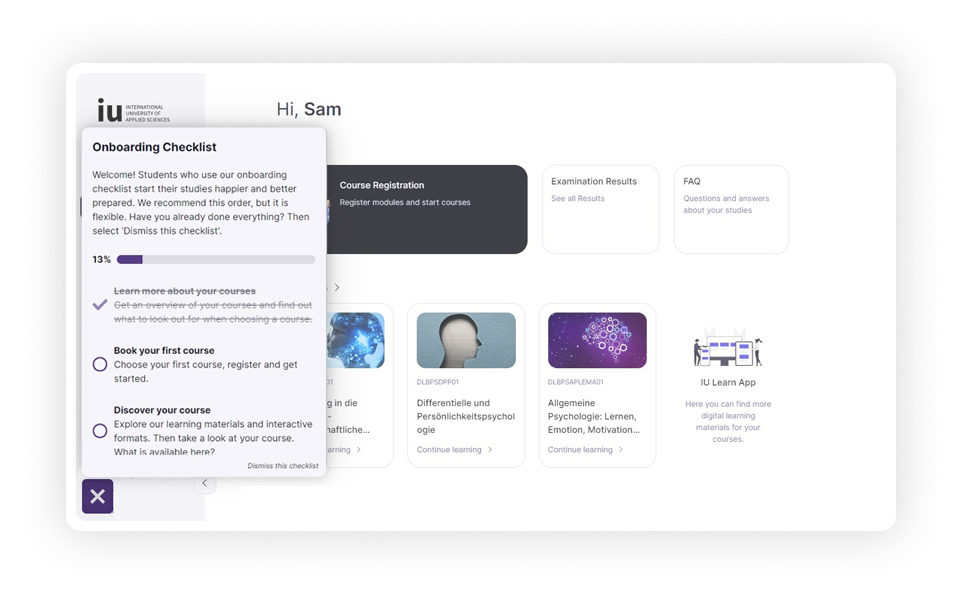
IUU University uses an onboarding checklist with feature tours to help their students quickly complete all the steps needed to dive into their study program (review the courses, pick a course, enroll in it, etc.). Checklists are not a standalone interaction but rather an integral part of a “layered” onboarding process that begins with a welcome tour (welcome layer), continues with onboarding checklists that include multiple feature tours (onboarding layer), and concludes with recognition and feedback followed by ongoing trial period engagement using beacons/tooltips and short feature tours. Read all about it in our case study.
With this approach, IUU University increased students’ feedback response rate by 50 %, significantly lowering the volume of repetitive questions handled by the student office while staying in touch and providing students with guidance and help 24/7.
Onboarding many users simultaneously, such as students enrolling in a semester, can be a real challenge. You can automate the process and make it self-serviceable with Product Fruits. Try our digital adoption platform now for free – two weeks are on us, no card needed. Start your user journey here.
#4 Feature tours for onboarding and in-app training
Most SaaS platforms implement an onboarding user experience that guides new customers with the least possible friction to create their account and set up a SaaS for their use case, typically using a brief questionnaire (how/for what you will use our platform…). This lands the user right into a customized workspace – which is often a moment when the first feature tour, showing the user around the main menu items or select key functions, begins. You can also execute such segmentation in the onboarding/adoption platform itself to deliver only the relevant content to guide users – this can even work for internal SaaS platforms, as shown in the following example.
Direct Insurance Group (Direct pojišťovna) used a user onboarding platform for its internal employee SaaS system, aiming to lower the number of support tickets and high training costs along the user journey and help its overloaded training team. Following the integration of the onboarding platform, the insurance company started with a system-wide survey that showed the need for improvements in overall employee satisfaction and highlighted that many employees are requesting features that already exist but do not know how to access and use them.
Direct Insurance, therefore, decided to create feature tours covering use cases for new employees and advanced use cases for existing employees and make all onboarding and adoption content available in the help section (Life Ring Button), segmenting and mandating it based on the employee department.
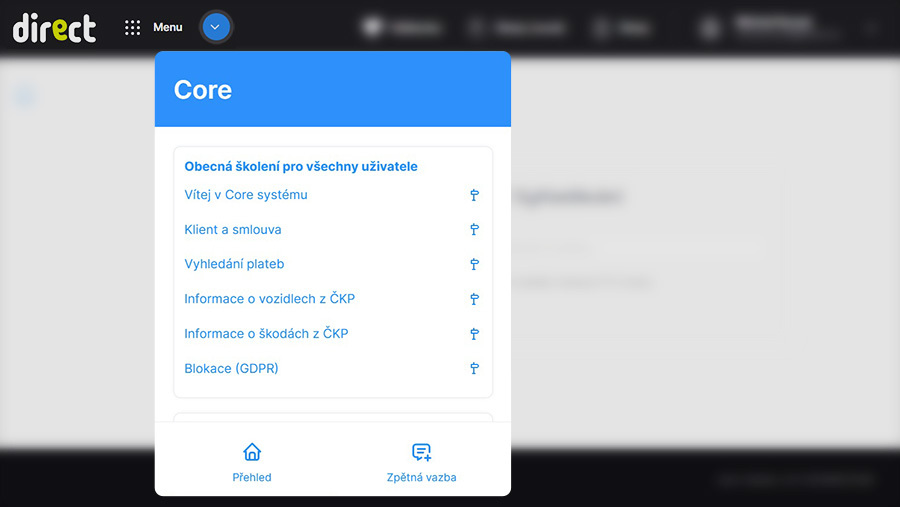
By onboarding its employees – users of the internal Core system – with Product Fruits user onboarding and adoption platform, Direct Insurance Group is able to save 30 training hours each month and provide access to training and related support 24/7. Read all in our case study.
Are users of your internal SaaS struggling with onboarding or adoption? Try out Product Fruits now for free. The first two weeks are on us. Sign up here; no card is needed.
More opportunities along the user journey
We have shown four examples of feature tours implemented as part of an overall approach to guiding and onboarding new users and introducing existing user segments to new functions, core features, or forgotten functionalities. Yet there are more ways to implement feature tours, as you can learn in the product section of our site or in our knowledge base. It is about time you tested it yourself in the Product Fruits.
